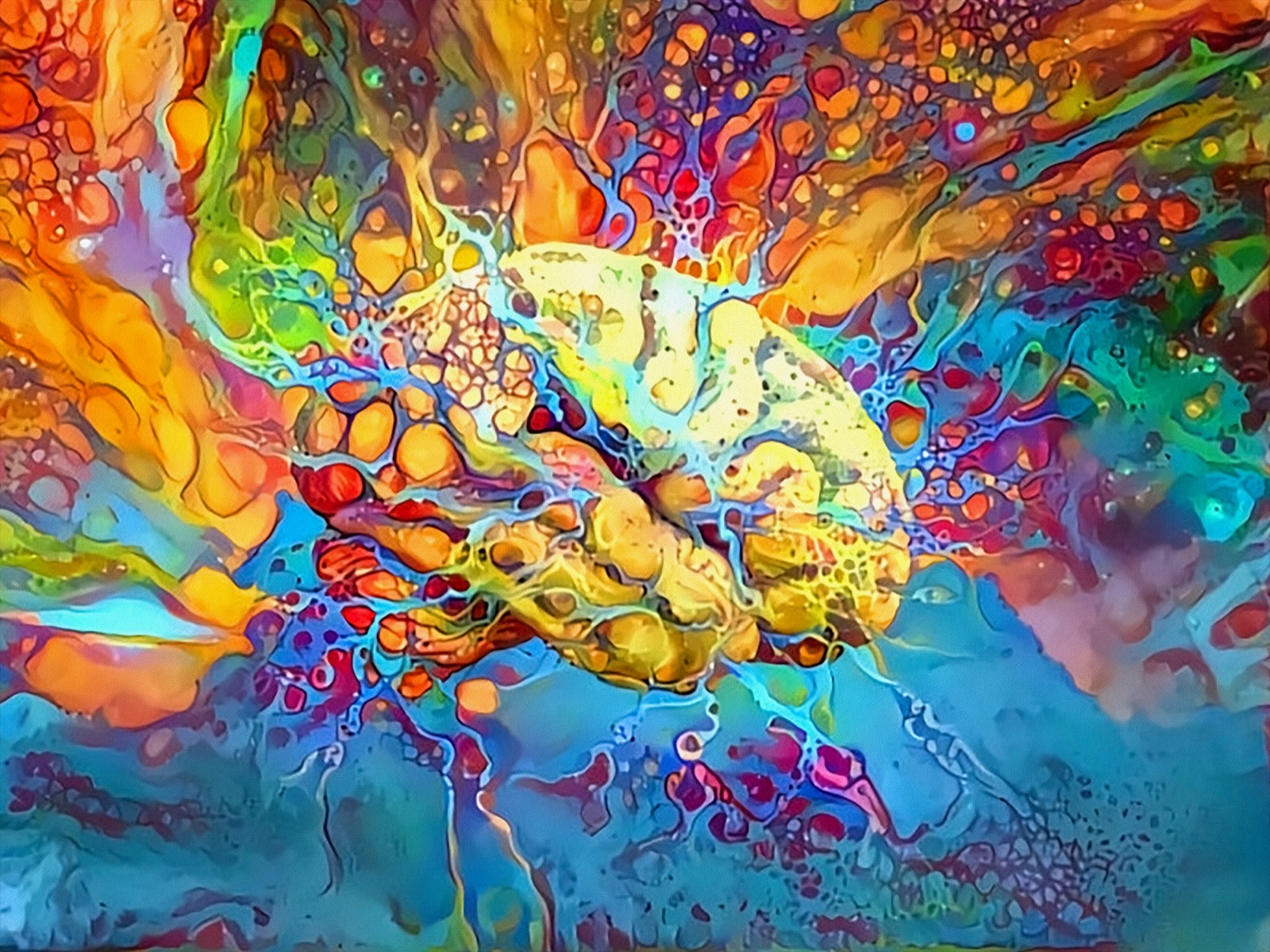Exactly How Trump Art Influences Public Assumption of Political Numbers
Exactly How Trump Art Influences Public Assumption of Political Numbers
Blog Article
Exploring the Diverse World of Artistic Expression: From Surrealism to Abstract Realism
In the realm of imaginative expression, from the dreamlike landscapes of surrealism to the complex play of light and form in abstract realism, artists have continually pressed the boundaries of imagination and creative imagination. Each activity holds a special lens whereby the world is viewed and analyzed, providing a peek right into the depths of human emotion, assumption, and thought. As we explore the complex globe of art, we are presented with a tapestry of designs, methods, and philosophies that challenge our understanding and prompt consideration. The trip via these diverse types of creative expression assures to unwind a rich tapestry of visual storytelling and intellectual inquiry that mesmerizes the mind and stirs the spirit.
Surrealism: Releasing the Subconscious
Surrealism, a progressive creative activity of the 20th century, explored the midsts of the subconscious, revealing a world of dream-like images and unconventional associations. Led by musicians like Salvador Dali, René Magritte, and Joan Miró, Surrealism looked for to test the standard ways of seeing and comprehending art. Via techniques such as automatism and dream evaluation, Surrealist musicians aimed to touch right into the unconscious mind to expose concealed realities and desires.
One of the crucial elements of Surrealism was the focus on the irrational and the extraordinary. By combining unanticipated components in their jobs, Surrealist artists intended to produce a sense of disorientation and surprise in the audience. This interruption of reasoning and reason was suggested to prompt a deeper exploration of the subconscious and the enigmas of the human psyche.
Abstract Realistic Look: Redefining Assumption
Challenging traditional creative borders, Abstract Realism redefines understanding with the fusion of well-known elements with abstract forms. This innovative method to art incorporates the representational accuracy of realism with the innovative liberty of abstraction, providing audiences a special aesthetic experience that motivates them to examine their perception of truth.
In Abstract Realistic look, musicians make every effort to catch the essence of their subjects while likewise instilling their collaborate with a sense of depth and intricacy with abstract aspects. By blending the accustomed to the unfamiliar, these artists welcome audiences to engage with their pieces on multiple degrees, urging them to check out the nuances of form, shade, and texture.

Cubism: Fragmentizing Truth
Utilizing geometric types and fragmented viewpoints, Cubism changed the artistic depiction of reality in the early 20th century. This approach not only deconstructed truth however also stressed the flatness of the canvas, paving the way for future abstract art motions.

Cubism can be classified into two main stages: Analytical Cubism, defined by single color plans and elaborate, fragmented types; and Synthetic Cubism, which included collection aspects and brighter colors right into the compositions. Via these unique phases, Cubism affected not only painting yet also design, style, and sculpture. trump art. Its influence reverberated across the art world, motivating artists to discover new means of translating and representing the world around them
Expressionism: Emotions on Canvas
Discovering the depths of human emotions with expressive and vibrant brushstrokes, Expressionism look these up arised as an extensive artistic movement in the early 20th century. Unlike previous art motions that concentrated on depicting the outside globe, Expressionism explored the interior realm of the artist's subconscious, aiming to evoke raw emotions and prompt visceral actions from customers.
Expressionist musicians, such as Edvard Munch, Egon Schiele, and Emil Nolde, denied conventional concepts of beauty and realistic look for distorting kind and color to communicate subjective sensations. The use of exaggerated brushwork, bold colors, and distorted numbers assisted create a sense of anxiousness, alienation, or passion in their jobs.
One of one of the most renowned instances of Expressionism is Munch's "The Scream," which catches the extreme anxiety and misery of modern life go to these guys through its swirling, distorted figure against a blood-red sky. With their emotionally billed jobs, Expressionist musicians sought to challenge conventional creative standards and offer a window into the turbulent midsts of the human heart.
Contemporary Art: Advancing Perspectives

Among the specifying characteristics of contemporary art is its consistent development and ability to adapt to altering social landscapes. Artists are significantly incorporating technology right into their technique, obscuring the lines in between the digital and physical worlds. This blend of mediums permits cutting-edge methods of storytelling and engaging with target markets in an extra interactive manner.
In addition, modern art usually serves as a system for social discourse, addressing pushing problems such as identification, politics, and the atmosphere. Artists are using their work to spark essential discussions and prompt thought, shedding light on the intricacies of the world we reside in. As perspectives remain to progress, contemporary art remains a prominent and vibrant force in forming our social landscape.
Final Thought
To conclude, the world of imaginative expression includes a large variety of styles and movements, each with its own unique approach to communicating significance and feeling. From surrealism's exploration of the subconscious to abstract realism's redefining of assumption, and from cubism's fragmentation of fact to expressionism's portrayal of feelings, art read the full info here proceeds to evolve and challenge perspectives - trump art. Contemporary art mirrors the ever-changing world we live in, providing new ways to translate and understand the complexities of our truth
As we check out the multifaceted globe of art, we are presented with a tapestry of designs, strategies, and philosophies that test our understanding and prompt reflection. Its effect resounded across the art globe, inspiring musicians to check out new ways of translating and representing the world around them.

Report this page